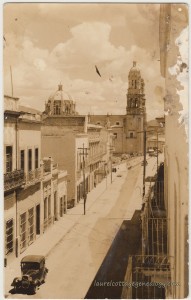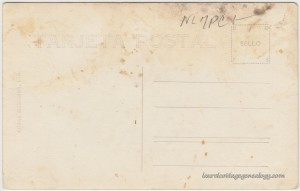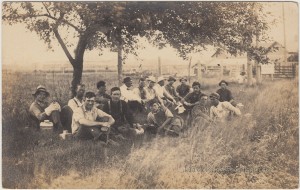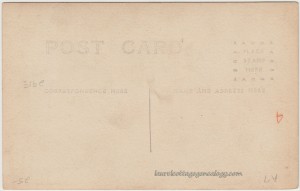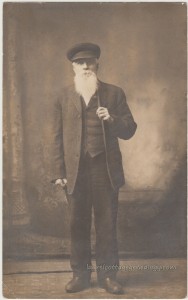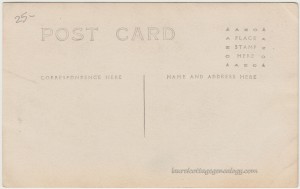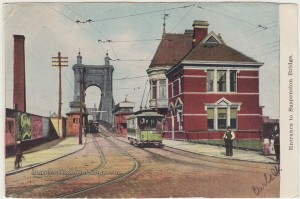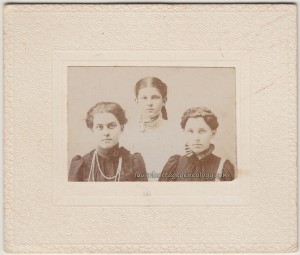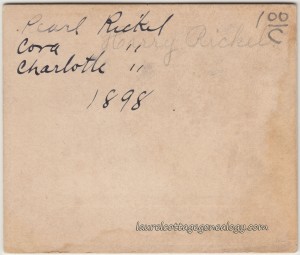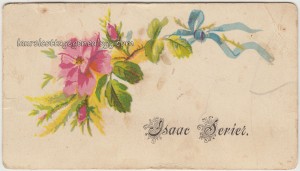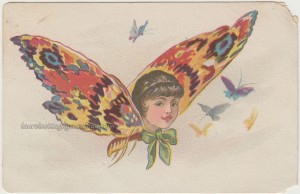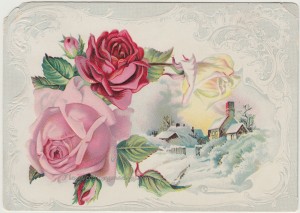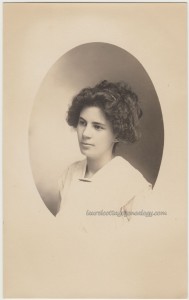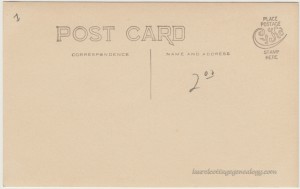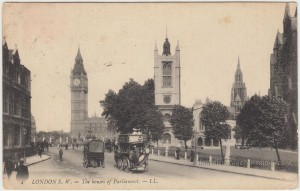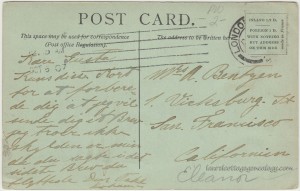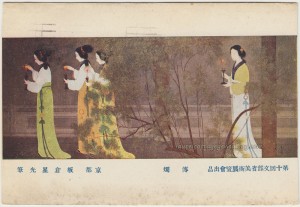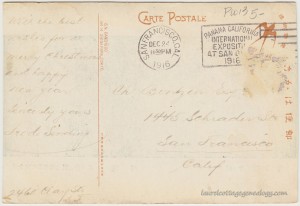Divided back, unused, Real Photo Postcard. Publisher: Kodak Mexicana, Ltd. Circa 1930s.
Price: $15.00
In Spanish the cathedral is Catedral de Nuestra Señora de la Asunción de Zacatecas.
Street scene circa 1930s in Zacatecas, capital city of Zacatecas, Mexico. The Zacatecas Cathedral shows in the background. This cathedral is considered to be one of the greatest examples of the Churrigueresque (Spanish Baroque) style of architecture. The facade of the cathedral best shows the baroque style and obviously cannot be seen in this postcard but is absolutely incredible. The cathedral was built between around 1729 and 1753 (dates vary somewhat), and dedicated to Our Lady of the Assumption.
The old automobile in the foreground is so cool, but to find the make, model and year requires more research. It looks like that might be the nomenclature appearing in the area between the headlights but it’s hard to read. Other cars seen in the background look like they might be somewhat newer…..
Mystery solved!
Thanks to the expertise on the members’ Forum at the Antique Automobile Club of America, the car has been identified as a 1930 American Austin. There was some question as to whether specifically it might be an Austin Bantam, and in researching the Bantam I had found this informative article on the Austin in general (and Bantam): The Austin Comes to America – Part 1 of the American Austin Bantam Story. However, I’ve been assured by a couple of Forum members that it is not a Bantam.
A Photo Shop
We can also see that the name on the sign in the photo is Foto Santibañez. I’m not sure if there is a word in the middle, but anyway, it seems like this was a photo shop owned by someone by the last name of Santibañez. On the 1930 Mexican National Census taken in Zacatecas, there is an entry transcribed as: MA de Jesus Santibañez. I believe the “MA” is a common abbreviation for Maria. She is listed as married, age 40, and occupation appears to be Fotógrafa (photographer) so it’s a very good bet that Maria de Jesus Santibañez was the owner of the shop that appears in this photo. I like how the camera caught someone just as they were leaving.
Sources: Zacatecas, Zacatecas. n.d. http://en.wikipedia.org/wiki/Zacatecas,_Zacatecas (accessed October 25, 2013).
Zacatecas Cathedral. n.d. https://en.wikipedia.org/wiki/Zacatecas_Cathedral (accessed January 14, 2018).
AACA General Discussion. January 2018. Antique Automobile Club of America. http://forums.aaca.org/topic/304102-what-model-car-is-this-taken-circa-1930s-zacatecas-mexico/
Cunningham, Robert D. “The Austin Comes to America – Part 1 of the American Austin Bantam Story.” The Old Motor, May 23, 2013. (Web accessed January 14, 2018.)
Year: 1930; Census Place: Zacatecas, Zacatecas, Zacatecas; FHL Number: 1520555; Page: 1. FamilySearch, comp. 1930 Mexico National Census [database on-line]. Provo, UT, USA: Ancestry.com Operations, Inc., 2010. Index and images provided by FamilySearch. Original data: FamilySearch, compiler. Mexico Census 1930. Salt Lake City, UT: FamilySearch, 2009. México. Dirección General de Estadística. “Censo de población,1930.” FHL microfilm. Family History Library, Salt Lake City, Utah.

